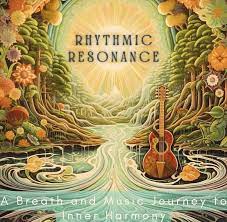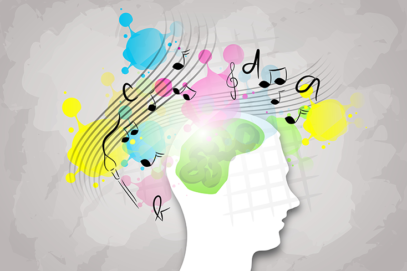In the tapestry of human experience, music weaves a powerful thread that connects us on emotional, psychological, and even physical levels. Beyond its role as entertainment, music has emerged as a therapeutic tool, offering a unique avenue for healing and self-discovery.
The Healing Harmonies of Music Therapy

1. A Symphony for the Mind:
Music therapy is a dynamic and evidence-based practice that utilizes the inherent qualities of music to address various health concerns. Whether dealing with stress, anxiety, or cognitive disorders, the rhythmic and melodic elements of music can engage the mind, fostering a sense of calm and focus.
2. Stress Reduction and Relaxation:
One of the primary benefits of music therapy is its ability to reduce stress and induce relaxation. Listening to soothing melodies or actively participating in musical activities can lower cortisol levels, the hormone associated with stress. This natural stress reduction contributes to overall well-being and mental resilience.
The Science Behind the Sound
1. Neurological Harmony:
Music has a profound impact on the brain, stimulating multiple regions responsible for emotions, memory, and motor control. In the realm of neurology, music therapy has shown promising results in improving cognitive function among individuals with neurological disorders such as Alzheimer’s disease and Parkinson’s disease.
2. Mood Elevation through Melody:
The emotional power of music is undeniable. It can evoke joy, nostalgia, or even sadness. Music therapy taps into this emotional resonance to elevate mood and alleviate symptoms of depression. By selecting specific genres or creating personalized playlists, therapists tailor interventions to suit the individual’s emotional needs.
The Therapeutic Cadence
1. Individualized Treatment Plans:
One of the strengths of music therapy lies in its adaptability. Therapists craft individualized treatment plans based on the unique needs and preferences of each client. This personalized approach ensures that the therapeutic process resonates with the individual, enhancing its effectiveness.
2. Versatility in Application:
Music therapy is not confined to passive listening. Active engagement, such as playing instruments, singing, or songwriting, is a crucial aspect of this holistic approach. The act of creating music provides a sense of accomplishment and empowerment, contributing to the therapeutic journey.
Harmony for Physical Health
1. Rhythmic Resonance:

Beyond its impact on the mind, music therapy extends its healing touch to the body. Rhythmic auditory stimulation, commonly used in rehabilitation settings, harnesses the beat of music to improve motor skills and coordination in individuals recovering from strokes or other physical impairments.
2. Pain Management through Melody:
Music has also proven effective in managing pain. By diverting attention away from discomfort and promoting relaxation, music becomes a powerful analgesic. This approach is increasingly integrated into healthcare settings to complement traditional pain management strategies.
Orchestrating a Healthier Future
In the grand symphony of healthcare, music therapy is finding its place as an integral player. Its holistic approach, addressing both mental and physical well-being, aligns with a growing understanding of the interconnected nature of health. As we continue to unravel the therapeutic potential of music, it’s clear that this harmonious modality is not merely a tune in the background but a transformative force in healthcare practice.
Music therapy, with its ability to touch the soul and heal the body, is emerging as a vital component of holistic healthcare. From reducing stress and elevating mood to stimulating neurological functions and aiding physical rehabilitation, the therapeutic cadence of music resonates across diverse aspects of well-being. As we embrace the healing harmonies of music therapy, we embark on a journey where melody becomes medicine, and the symphony of self-discovery unfolds.



